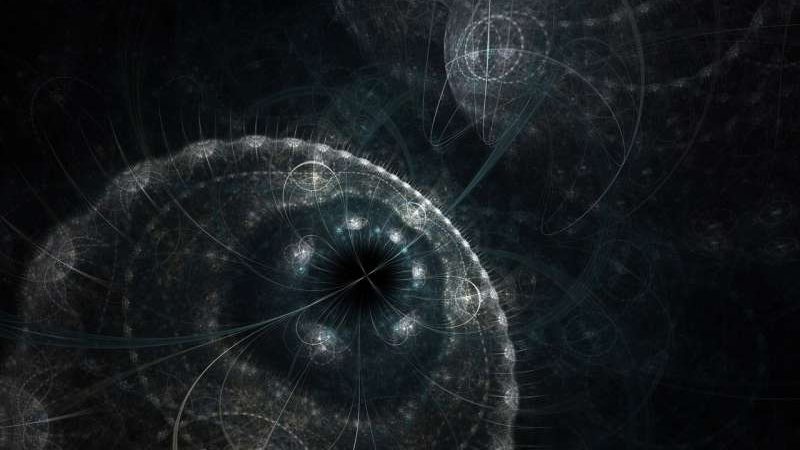Researchers have, for the first time, identified the sufficient and necessary conditions that the low-energy limit of quantum gravity theories must satisfy to preserve the main features of the Unruh effect.
In a new study, led by researchers from SISSA (Scuola Internazionale Superiore di Studi Avanzati, the Complutense University of Madrid and the University of Waterloo, a solid theoretical framework is provided to discuss modifications to the Unruh effect caused by the microstructure of space-time.
The Unruh effect, named after the Canadian physicist who theorized it in 1976, is the prediction that someone who has propulsion and hence accelerates would observe photons and other particles in a seemingly empty space while another person who is inertial would see a vacuum in that same area.
“Inertial and accelerated observers do not agree on the meaning of ’empty space,'” says Raúl Carballo-Rubio, a postdoctoral researcher at SISSA, Italy. “What an inertial observer carrying a particle detector identifies as a vacuum is not experienced as such by an observer accelerating through that same vacuum. The accelerated detector will find particles in thermal equilibrium, like a hot gas.”
“The prediction is that the temperature recorded must be proportional to the acceleration. On the other hand, it is reasonable to expect that the microstructure of space-time or, more generally, any new physics that modifies the structure of quantum field theory at short distances, would induce deviations from this law. While probably anyone would agree that these deviations must be present, there is no consensus on whether these deviations would be large or small in a given theoretical framework. This is precisely the issue that we wanted to understand.”
Find your dream job in the space industry. Check our Space Job Board »
“What we’ve done is analyzed the conditions to have Unruh effect and found that contrary to an extended belief in a big part of the community thermal response for particle detectors can happen without a thermal state,” said Eduardo Martin-Martinez, an assistant professor in Waterloo’s Department of Applied Mathematics. “Our findings are important because the Unruh effect is in the boundary between quantum field theory and general relativity, which is what we know, and quantum gravity, which we are yet to understand.”
“So, if someone wants to develop a theory of what’s going on beyond what we know of quantum field theory and relativity, they need to guarantee they satisfy the conditions we identify in their low energy limits.”
The researchers analyzed the mathematical structure of the correlations of a quantum field in frameworks beyond standard quantum field theory. This analysis was then used to identify the three necessary conditions that are sufficient to preserve the Unruh effect. These conditions can be used to determine the low-energy predictions of quantum gravity theories and the findings of this research provides the tools necessary to make these predictions in a broad spectrum of situations.
Having been able to determine how the Unruh effect is modified by alterations of the structure of quantum field theory, as well as the relative importance of these modifications, the researchers believe the study provides a solid theoretical framework to discuss and perhaps test this particular aspect as one of the possible phenomenological manifestations of quantum gravity. This is particularly important and appropriate even if the effect has not yet been measured experimentally, as it is expected to be verified in the not so distant future.
Provided by: International School of Advanced Studies (SISSA)
More information: Raúl Carballo-Rubio et al. Unruh Effect without Thermality. Physical Review Letters (2019). DOI: 10.1103/PhysRevLett.123.041601
Image Credit: CC0 Public Domain











